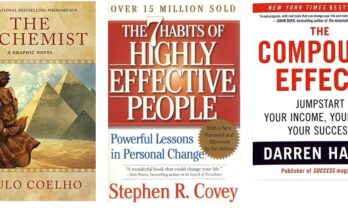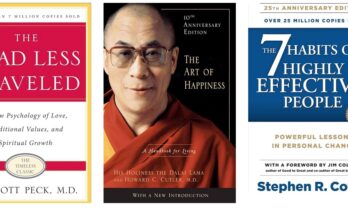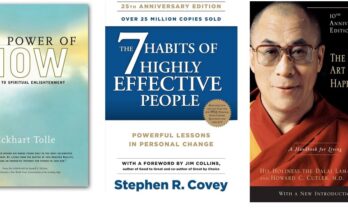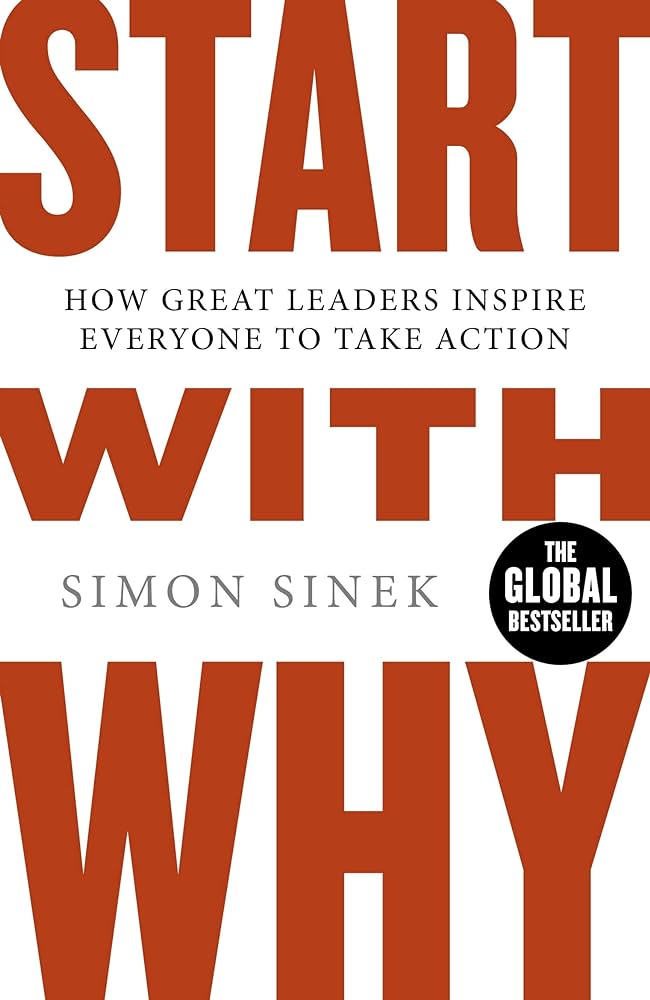
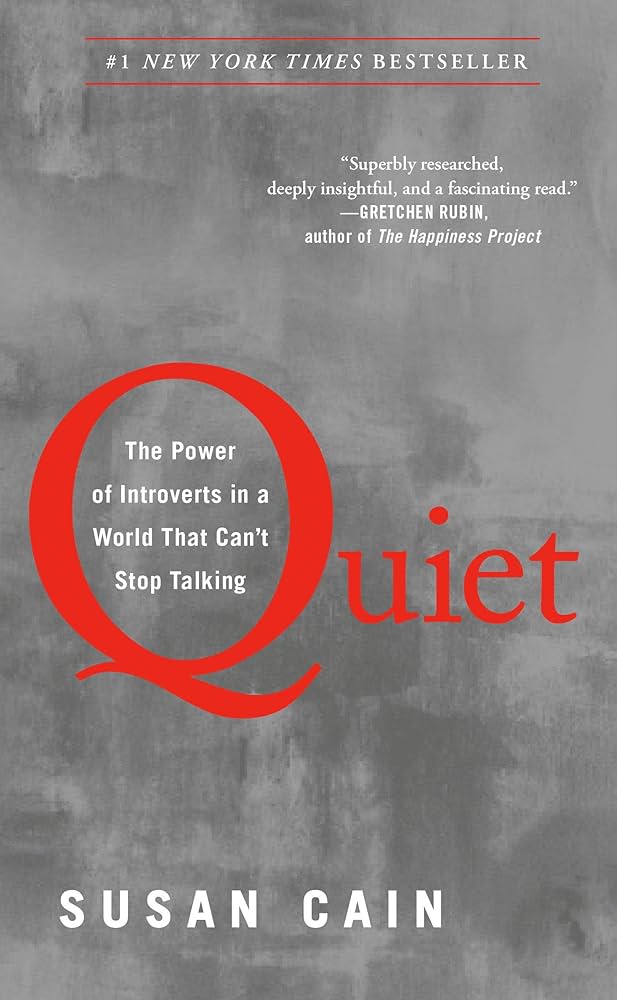
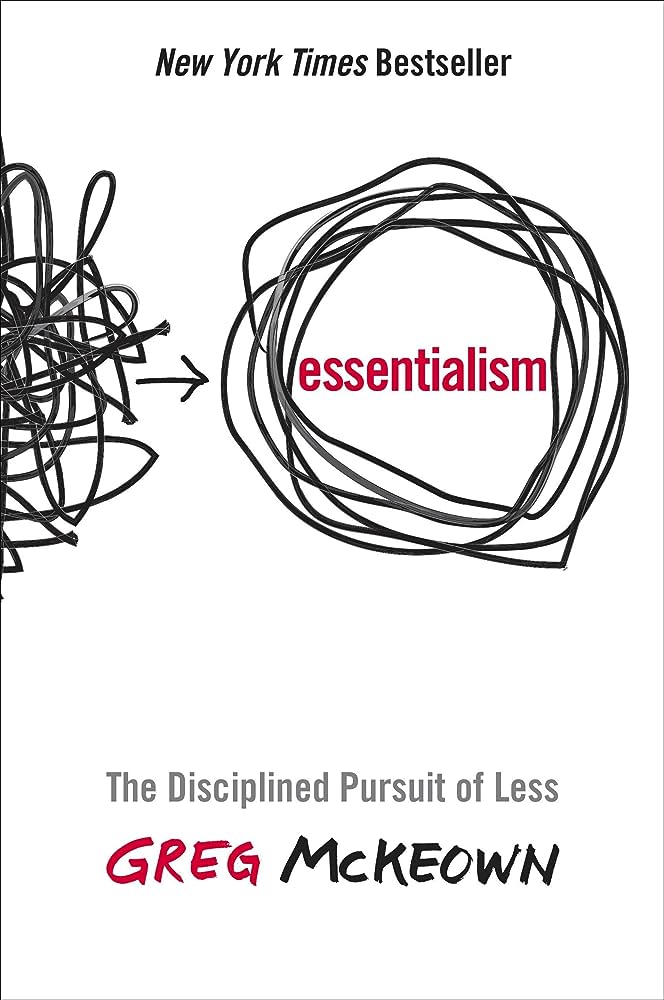
Start with Why" by Simon Sinek vs "Quiet: The Power of Introverts in a World That Can't Stop Talking" by Susan Cain vs "Essentialism: The Disciplined Pursuit of Less" by Greg McKeown
Start with Why by Simon Sinek
Core Message
“Start with Why” emphasizes the importance of identifying and communicating the fundamental purpose or “why” behind actions and decisions. Sinek argues that successful leaders and organizations inspire others by articulating a clear and compelling vision that transcends profit or function.
Themes
- Purpose: Central to the book is the idea that knowing and articulating the “why” behind actions leads to greater motivation and success.
- Leadership: The book discusses how leaders can inspire and guide others by starting with why.
- Inspiration: It explores how inspiration can drive behavior and create loyalty.
- Golden Circle: Sinek introduces the concept of the Golden Circle (Why, How, What) as a framework for thinking about leadership and innovation.
Structure
The book is structured around the Golden Circle concept, with chapters that delve into the importance of starting with why, how to find and articulate your why, and case studies of successful individuals and organizations who exemplify these principles.
Impact
Since its publication in 2009, “Start with Why” has become a popular and influential book, particularly in the realms of leadership and organizational development. Sinek’s ideas have resonated with business leaders, educators, and individuals seeking to live and work with greater purpose and inspiration.
Quiet: The Power of Introverts in a World That Can’t Stop Talking by Susan Cain
Core Message
“Quiet” challenges the cultural bias towards extroversion and highlights the strengths and contributions of introverts. Cain argues that introverts bring valuable skills and perspectives that are often overlooked in a society that favors outgoing and outspoken personalities.
Themes
- Introversion: The book explores the nature of introversion and how it differs from extroversion.
- Cultural Bias: It examines the societal preference for extroverted traits and the impact on introverts.
- Strengths of Introverts: Cain highlights the unique strengths and contributions of introverts in various fields.
- Empowerment: The book encourages introverts to embrace their nature and leverage their strengths.
Structure
“Quiet” is divided into sections that explore the science of introversion, the cultural context, and practical advice for introverts. It includes research findings, personal anecdotes, and profiles of successful introverts.
Impact
Published in 2012, “Quiet” has been highly influential in changing the conversation about introversion and extroversion. It has inspired a greater appreciation for introverted qualities and has been embraced by educators, employers, and individuals seeking to understand and support introverts.
Essentialism: The Disciplined Pursuit of Less by Greg McKeown
Core Message
“Essentialism” advocates for a disciplined focus on what is truly essential in order to achieve greater productivity and fulfillment. McKeown argues that by eliminating non-essential activities and focusing on what really matters, individuals can lead more meaningful and effective lives.
Themes
- Simplicity: The book emphasizes the importance of simplifying one’s life by focusing on essentials.
- Prioritization: It discusses how to identify and prioritize the most important tasks and goals.
- Boundaries: Setting boundaries and saying no to non-essential demands is a key theme.
- Mindfulness: McKeown encourages a mindful approach to decision-making and time management.
Structure
The book is organized into four main sections: Essence, Explore, Eliminate, and Execute. Each section provides strategies and practical advice for implementing essentialism in various aspects of life.
Impact
Since its release in 2014, “Essentialism” has resonated with readers seeking to simplify their lives and increase their effectiveness. It has been widely adopted by professionals, entrepreneurs, and individuals looking to reduce stress and focus on what truly matters.
Comparison Table
| Aspect | Start with Why | Quiet: The Power of Introverts | Essentialism: The Disciplined Pursuit of Less |
|---|---|---|---|
| Author | Simon Sinek | Susan Cain | Greg McKeown |
| Publication Year | 2009 | 2012 | 2014 |
| Core Message | Importance of identifying and communicating purpose | Strengths and contributions of introverts | Focus on what is essential to achieve more |
| Themes | Purpose, Leadership, Inspiration, Golden Circle | Introversion, Cultural Bias, Strengths of Introverts, Empowerment | Simplicity, Prioritization, Boundaries, Mindfulness |
| Structure | Golden Circle concept, case studies, practical advice | Science of introversion, cultural context, practical advice | Four sections: Essence, Explore, Eliminate, Execute |
| Impact | Influential in leadership and organizational development | Changed conversation about introversion and extroversion | Adopted by professionals seeking simplicity and focus |
| Approach | Inspirational, strategic | Research-based, empathetic | Practical, strategic |
| Target Audience | Leaders, entrepreneurs, individuals seeking purpose | Introverts, educators, employers, general readers | Professionals, entrepreneurs, individuals seeking focus |
| Writing Style | Engaging, motivational | Thoughtful, informative | Direct, practical |
| Examples Used | Case studies of successful leaders and organizations | Research findings, personal anecdotes, profiles of introverts | Strategies, practical advice, real-life applications |
| Unique Selling Point | Focus on the power of why and inspiration | Highlighting the strengths and value of introverts | Emphasis on disciplined pursuit of essentials |
Conclusion
“Start with Why,” “Quiet,” and “Essentialism” each offer unique insights and practical advice for personal and professional development. “Start with Why” emphasizes the importance of purpose and inspiration in leadership, “Quiet” advocates for the recognition and appreciation of introverted qualities, and “Essentialism” encourages a focus on what is truly essential for greater effectiveness and fulfillment. Despite their different focuses, all three books share a common goal of empowering individuals to live more meaningful and impactful lives.

